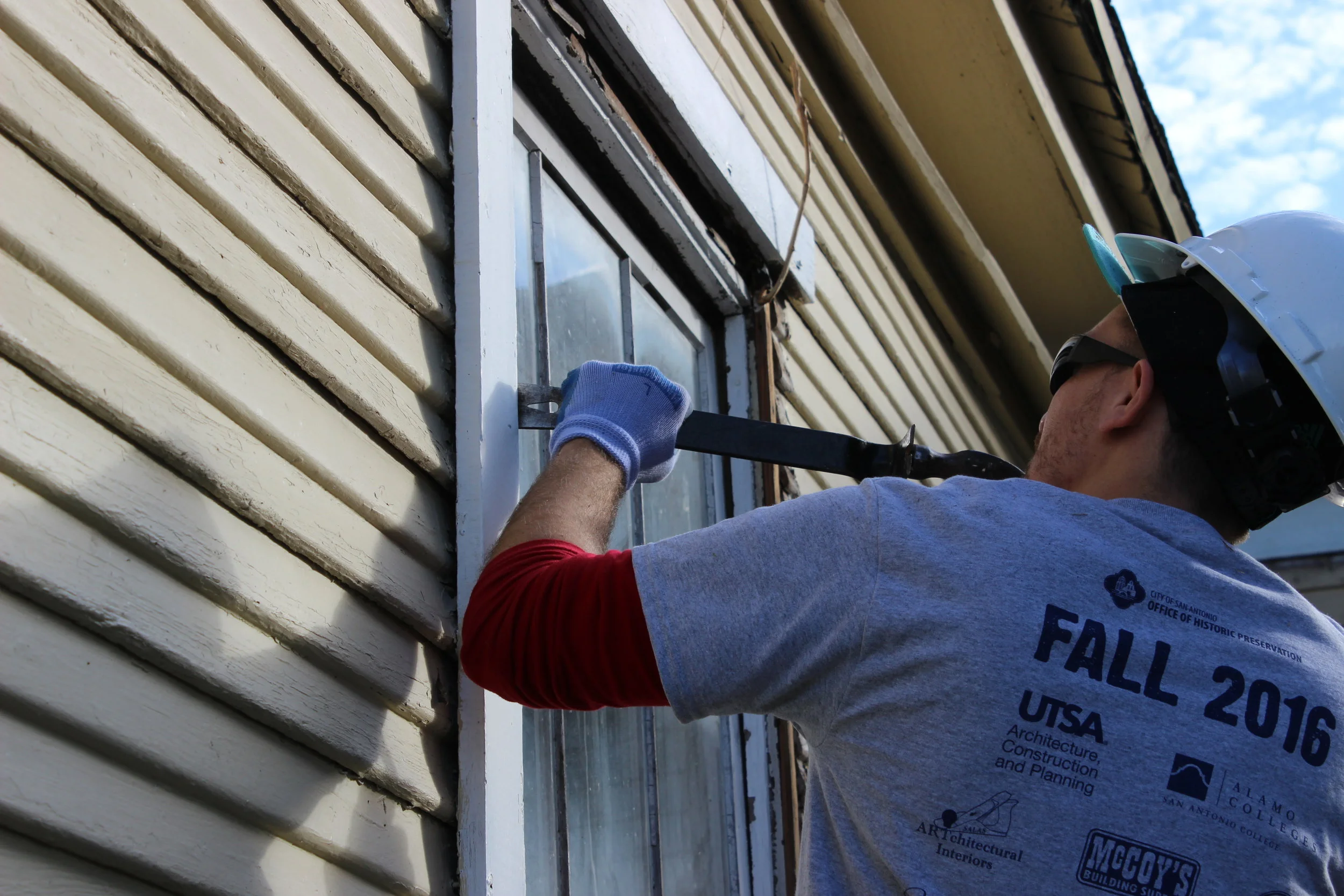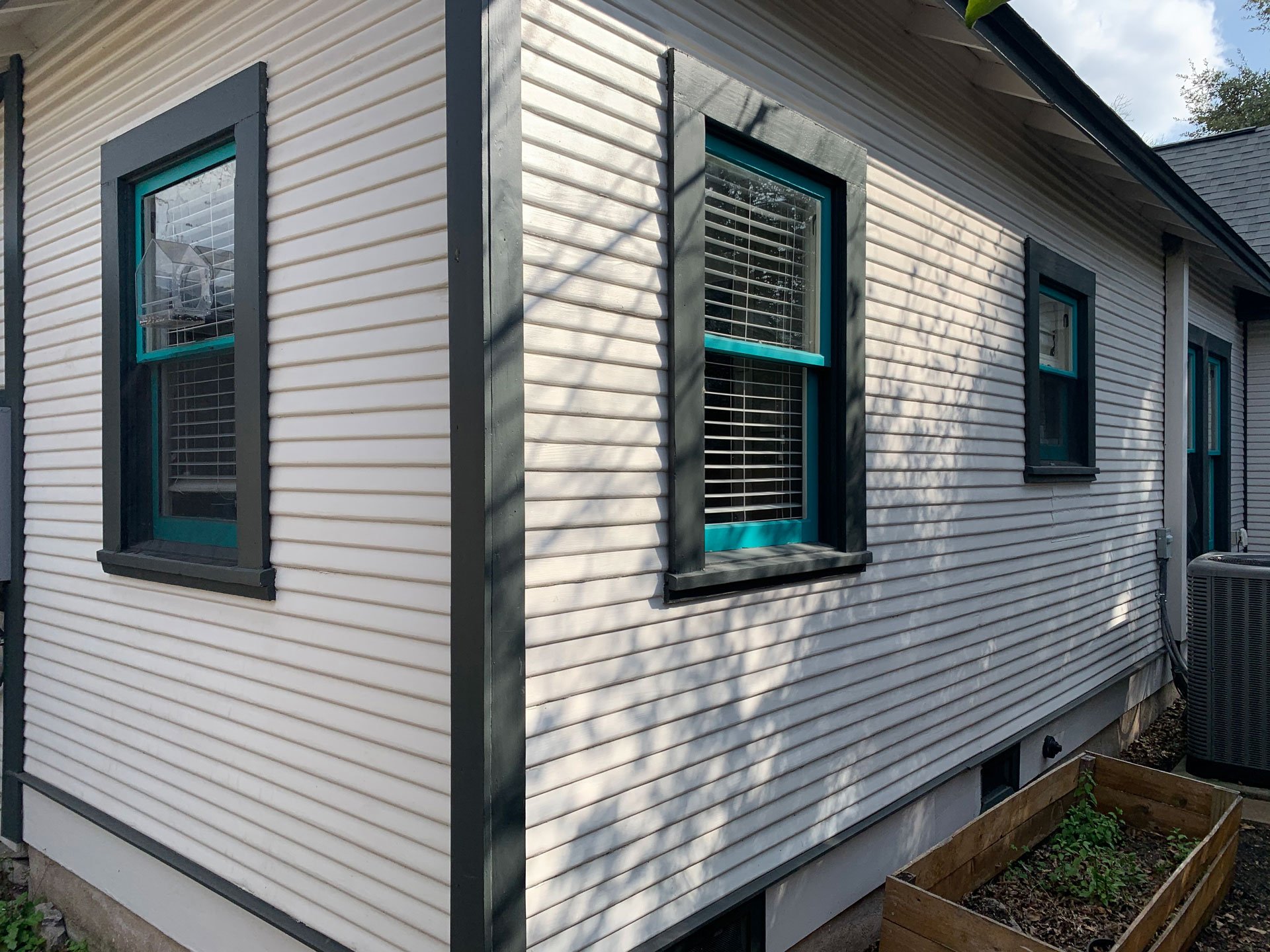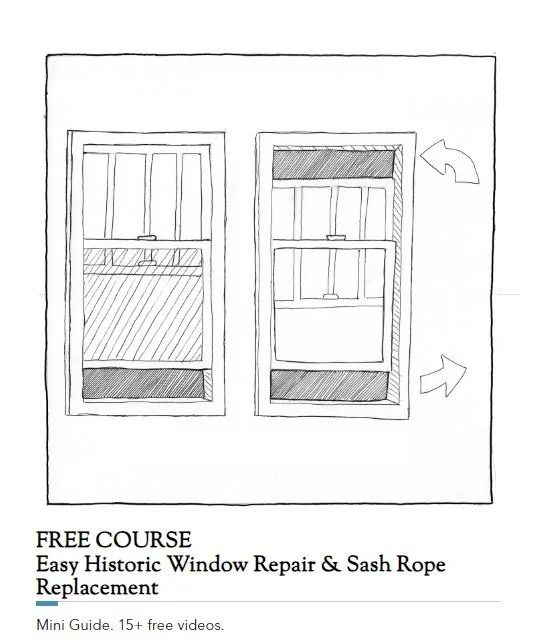Top Things You Should Know About Retrofitting Historic Windows

This post originally appeared on the National Trust for Historic Preservation Forum Blog.
Windows are the most visible, yet most commonly underappreciated, components of older and historic homes and buildings.
In addition to adding beauty and character, original windows serve a great purpose—they connect the outside of the building to the inside and, as an integral part of the architecture, offer invaluable clues to a building's history.
Despite this value, however, historic windows often get the blame for a building’s energy loss. Most often, people jump to replace their historic windows because a) companies promise that their replacement windows will save clients time and money, and b) it’s promoted as the "green" thing to do. In fact, a thriving industry has grown around this perceived need to replace rather than restore.
A report from Preservation Green Lab in Seattle, Saving Windows, Saving Money: Evaluating the Energy Performance of Window Retrofit and Replacement, tackles this misperception head-on. The study examines multiple ways you can retrofit (read: modify) your historic windows for better performance, and outlines each option’s energy, carbon, and cost savings across a variety of climates.
The heartening result: Retrofits for historic windows perform comparably to new replacement windows, and almost every retrofit option offers a better return on investment (at a fraction of the cost).
For more facts and figures, we encourage you to read the full Preservation Green Lab report. In the meantime, check out the top things you should know about retrofitting your historic windows.
Include retrofitting in your cost-benefit analysis.
As you’ll see throughout these tips, retrofitting historic or older windows has numerous, measurable benefits. Still, not every old window needs to be saved, so it can help property owners to ask these questions as part of their initial cost-benefit analysis:
Are my windows an important architectural or defining feature of my building?
Are there ways I can retrofit my windows to achieve greater energy efficiency?
Will replacement windows last as long as my originals?
Are there more cost-effective approaches available other than replacement windows?
Will replacement windows fit the character of my property or detract from it?
Tackle other energy-efficiency measures first.
Just as windows are a part of your whole house, so should they be part of a whole-house solution to cutting back on energy use. First do an energy audit of your house, preferably with an experienced professional. They can help you evaluate energy-saving solutions, the proper order for implementing them, and estimated costs. Then consider what additional efficiency gains or energy savings retrofitting your windows can offer.
Retrofits have better returns on investments than replacement windows.
Window retrofits such as cellular shades, storm windows, and insulating shades can achieve energy savings comparable to replacements at a much lower cost. Interior storm windows also reduce potential exposure to lead-based paint, while exterior storm windows help extend the useful life of historic windows by offering protection from the elements.
In comparison, replacement windows may offer high energy performance improvement, but the upfront costs are substantial and are not rapidly recovered through savings in energy bills.
The range of energy performance for retrofit options varies significantly.
The highest performing retrofits include interior window panels, exterior storm windows, and combining insulating shades with exterior storm windows. The performance of these measures varies significantly depending on the climate in which they are installed (see next tip).
Weather stripping was found to have the lowest energy cost savings and a low average ROI relative to other window improvements. However, the study determined that when homeowners install the weather-stripping themselves, it produces a higher return than any of the other window options studied.
Take climate into consideration.
The best retrofit option for Phoenix may not be right for Chicago, given the difference in their heating and cooling needs. For example, in places like Chicago that rely more on heating, insulating cellular shades helped reduce heat loss (even more so if the window also had exterior storm windows).
Meanwhile, if you’re in a place that relies more on cooling systems, like Phoenix, consider whether exterior shading, such as overhangs, trees, or nearby buildings, is present. If these elements are already shading the windows—or if windows are not oriented toward the sun—the windows will receive minimal or no cooling benefit from a retrofit.
Interested in learning how to rehab wood windows? Check out our events page for upcoming certification and instructional courses, like the one pictured above!
Photos courtesy the Office of Historic Preservation.





